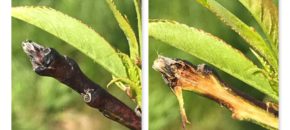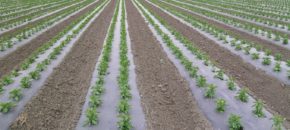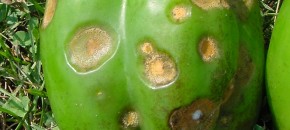
Evaluating Freeze Damage in Tree Fruit: The subfreezing temperatures on the morning of April 17 Caused injury at varying levels across the state. Lows ranged from 27-30 in southern counties. Much is the damage is now visible. Any physiological damage that is not visible now will appear as the season progresses. A helpful guide for […]
Continue reading...

